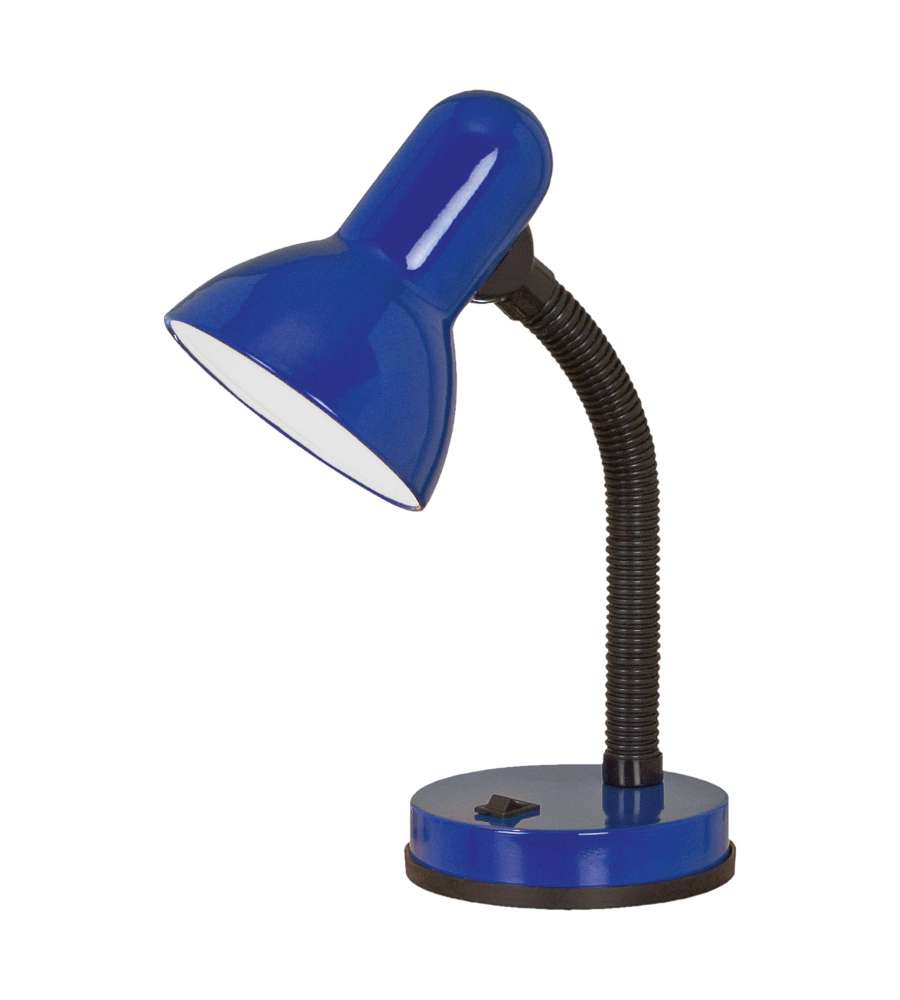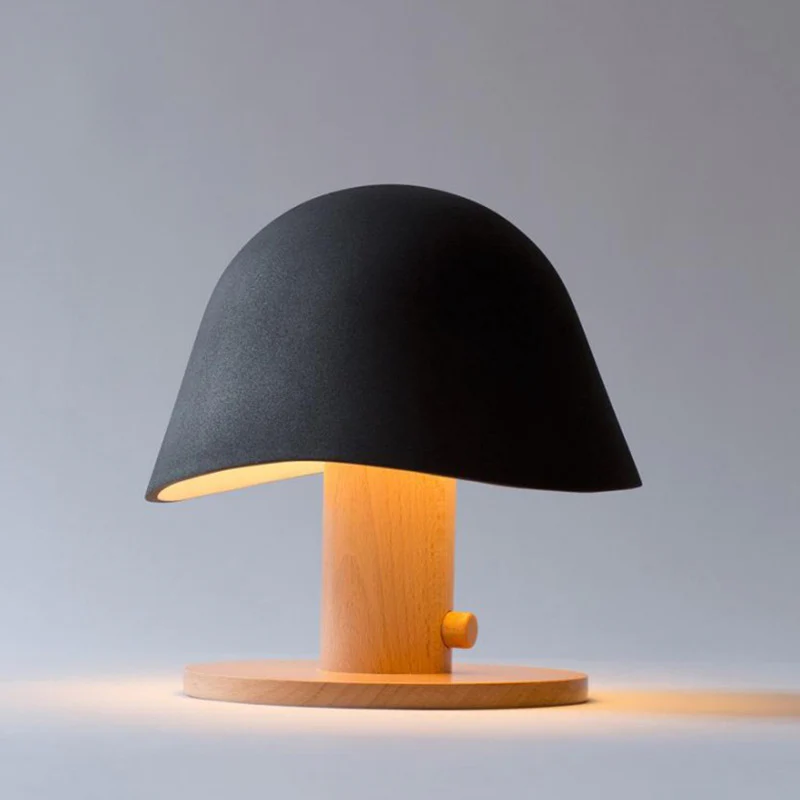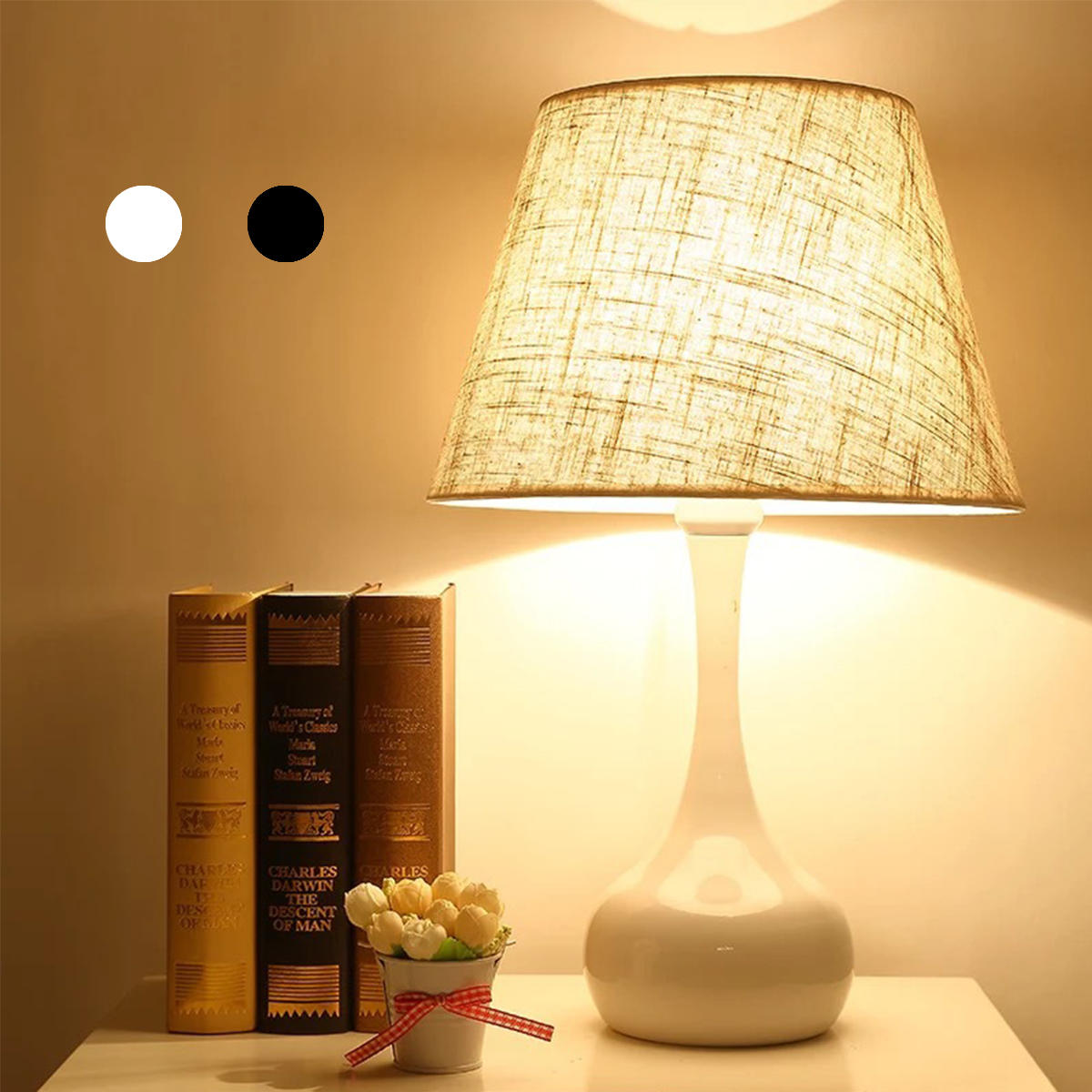Lamps have been a part of human civilization for thousands of years, serving as a symbol of knowledge, hope, and warmth. From ancient oil lamps to modern LED designs, lamps have evolved to meet the changing needs of society while maintaining their fundamental role in providing light. This article delves into the history, cultural significance, and technological advancements of lamps, shedding light on their continued importance in our daily lives.
The Evolution of Lamps: A Journey Through Time
Ancient Beginnings: Oil Lamps and Candlelight
If we trace back to the history of lamps, they have roots in ancient times; after sunset, people could not do without it.
The basic necessities of people, even at the time of the earliest lamps, were usually made of stone, clay, or metal and used animal fat or vegetable oil.
Thus, people could have oil lamps in their houses, temples, and other public buildings for working at night.
In many contexts, lamps through ancient Egypt, Greece, and even Rome were some of the highly crafted artefacts that resonated with the artistic and cultural values of the people.
It transcended its mere functionality; it was also a tool of symbolism in life, death, and of divine matters.
A flame from an oil lamp was a connection to the gods—something protective and guiding.
By then, candles followed oil lamps as another source of light.
Beeswax and tallow candles had been made much more used during the Middle Ages when the lights they provided with their warm light and flicker offered a difference to human life after sundown.
The candles had their share of use in religious ceremonies, and because of such use, light acquired a kind of holiness, meaning it was put to sacred use.

Arrival of Gas and Electric Lamps
The development of the lamps improved fantastically during the early 19th century, with the inception of gas lighting.
With the aim of first applying it to street lighting, gas lamps changed cities into a more friendly and passable place at night.
It was a weak glare from gas lamps that provided cities with a new atmosphere that complemented the new nightlife that these cities started to develop during the same period.
The following significant development was the invention of the electric lamp that occurred at the end of the 19th century.
The invention of the incandescent light bulb by Thomas Edison revolutionised people’s life altogether: the way people lived, worked, and the way they related themselves to their surroundings.
All the gas lighting in houses and premises of public activity was rapidly substituted for electric lamps to provide a more reliable and better-regulated source of lighting.
It ushered the modern illumination era: lamps as a necessity, and lamps as aesthetics in interior designs.
The Innovative Era: From Fluorescent to LED
A large number of innovations in luminous technology awaited the 20th century: fluorescent lamps, invented during the 1930s-1940s, were far more economical than the incandescent bulb.
Thanks to their bright, diffuse light, the lamps were given favourable consideration for long lifespan by the industrial and commercial sectors.
Light Emitting Diode (LED) technology developed from the later part of the 20th through the early 21st century to be today the first position in current lighting technologies.
These LEDs are quite energy efficient, very durable, and very versatile in terms of overall use.
Be it from streetlights to desk lamps, it has been a total game changer, not only in sustainability but also in customization of perspective towards lighting.

Lamps in Culture and Symbolism
The Lamp as a Symbol of Knowledge
It is the power of light from a lamp that has always been associated with knowledge, brilliant ideas, and wisdom since time immemorial.
There always comes a metaphor “a light in the darkness” when dealing with the quest for knowledge to dispel the darkness and ignorance.
Also, in a lot of cultures and religions, those acts can be identified quite often from rituals or ceremonies when lamps serve as the representation of divine light, bringing the truth.
The philosopher Diogenes is represented with a lamp in hand searching for the honesty of man in broad daylight.
This fact has depicted a lamp as a tool of seeking knowledge pertaining to the truth and properness of human beings.
Similarly, in the Hindu religion, Diwali, the festival of lights, is considered lit in celebration of the victory of light over darkness.
Lamps or diyas are seen as the inherent symbol of knowledge and righteousness.
Lamp use, most especially in schools and other places of learning, be these on the elementary or the professional levels, concretized the cliche about lamps being the symbol of learning.
Many logos, crests, and mottos include the lamp and are considered a symbolism of the light of education, leading to wisdom for the individual.

The Lamp in Art and Literature
Works of visual art have also made great use of the tool of the lamp to set up dramatic contrasts of light and shadow expressing metaphorical dualities of aspects of life: good and evil, knowledge and ignorance.
For example, Rembrandt’s well-known painting “The Night Watch” used the light from a lantern to define key figures, directing interest and suggesting significance.
Lamps are commonly employed as metaphors in literature for hope, guidance, and the human spirit.
Charles Dickens’ “A Tale of Two Cities” begins with an allusion to the “great lights of the age,” which are, in the metaphor of the novel, lamps of enlightenment against the darkness of oppression.
The Lamp as Sacred Object: Rituals and Festivals
Lamps have their own sacred position in rituals and festivals in a host of different world cultures.
By lighting a lamp, one invites divine presence and conversely keeps at bay dark and unclean forces.
Diwali, the “Festival of Lights,” perhaps illustrates the point best: there are millions of lamps shining out in the victory of light over darkness.
Moreover, in Buddhism, lamps are set alight as offertories during meditation and prayer to symbolise the light associated with the teachings of Buddha.
The act of lighting the lamp in temples and shrines is a way of paying respect to the divine and praying for spiritual enlightening.
In the Christian faith, candles and lamps figure greatly in various rites, from the ceremonies of lighting the Advent candles and votive candles as aids in their prayers.
God’s being ever-present is thus seen to avail sufficient comfort and guidance to the faithful—using the lamp’s flame.

The Role of Lamps in Modern Life
Functional and Aesthetic Uses in Interior Design
Lamps can offer both functionality and beauty to today’s modern society.
They may also form an integral part of interior design, not only illuminating a space but also giving it atmosphere and style.
Depending on the design of a lamp, it may vary the feeling in a room drastically from the dim illumination of a bedside lamp to the focused brightness of a desk lamp for tasks.
The designs vary from very simple and modern to very ornate and traditional.
The materials, colour, and shape provide extensive latitude for customization and make the lamp a very versatile tool in creating an atmosphere one wants to achieve in any room.
Starting from statement-making floor lamps in a living room to subtle table lamps in a bedroom, the right lighting can totally transform space and raise its functionality.
Smart Lamps and a Brighter Tomorrow
Due to smart technology, the humble lamp has transformed from a source of light to something interactive, controlled at the touch of a finger or a mere voice command.
Smart lamps enable the adjusting of brightness, colour temperature, and even allow for schedules to be set—all from a smartphone or through the medium of a smart home system.
These innovations in lighting have made it much more flexible, even personal, for individual tastes and lifestyles.
For example, a smart lamp may simulate natural sunlight, thus setting the pace in the work-rest routine and contributing to general well-being.
As technology progresses, lamps are sure to get further integrated into our lives, offering new dimensions for the enrichment of our living environments.

Sustainable Lighting: The Ecological Impact of Lamps
With increasing global concerns over climate change and environmental sustainability, the lighting industry has, with time, responded with the development of more energy-efficient and eco-friendly products. Especially today, LED lamps are popular because they use a minimal amount of energy to give out light and last longer than traditional incandescent bulbs, consequently reducing their effect on the environment substantially.
Well, when talking of a shift to sustainable lighting, it’s not just about reducing energy use; it looks at the lamp’s entire lifecycle, from production to ways of disposal.
Many manufacturers are turning to eco-friendly materials and practices, including using recyclable components and reducing hazardous substances within the production process.
Consumers, in turn, become more aware of the kind of lighting they have in their homes and begin to opt for products that are attuned to their values regarding sustainability and environmental responsibility.
The trend may further increase with increased awareness of the environmental impact of lighting, further pushing the industry toward even greener innovations.
Conclusion: The Enduring Relevance of Lamps in Human Life
From the earliest simple pot of oil to the latest evolution of technology, lamps have evolved through many stages. More than just light, lamps became an integral part of man’s life.
Today, lamps form a functional, aesthetic, and symbolic behest of our daily life.
From ancient oil lamps to smart modern lighting systems, their history parallels that of human civilization itself. Innovations underscore a chronological progression in man’s search to harness and control light.
But even through these changes, the lamp has held basic significance to civilization in its representations of warmth, guidance, and knowledge, indicating not only physical illumination but that of the mind and spirit.
Looking ahead to the future, the lamp will no doubt play its role further, incorporating new technologies and attending to the challenges of sustainability.
No matter how much they evolve, however, lamps will retain a special niche in human life: lighting our way through the dark, guiding us toward a better tomorrow.
